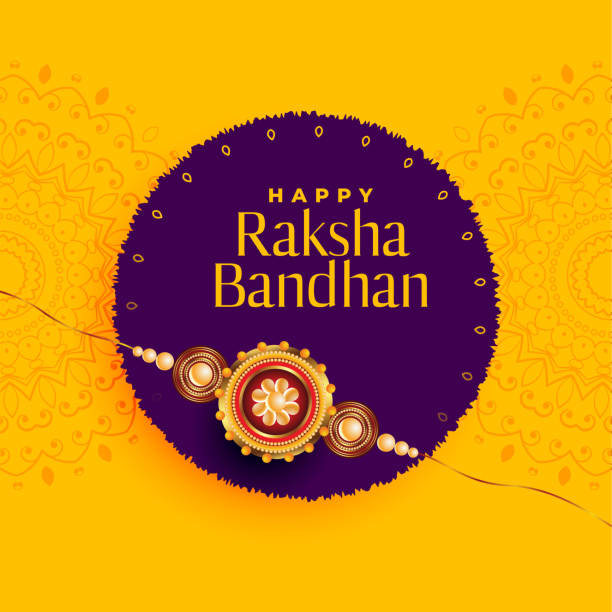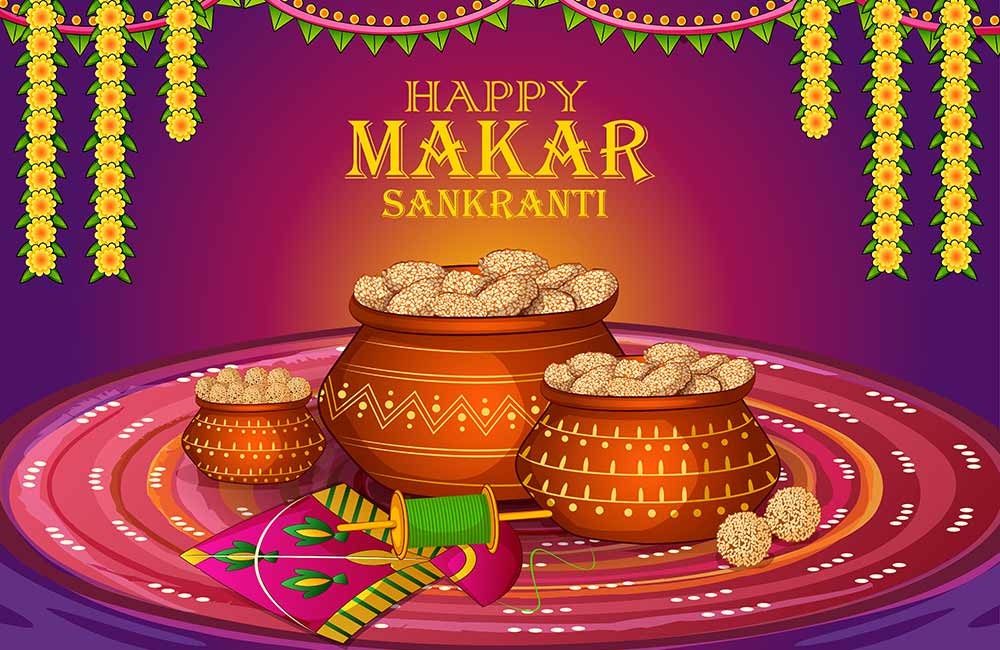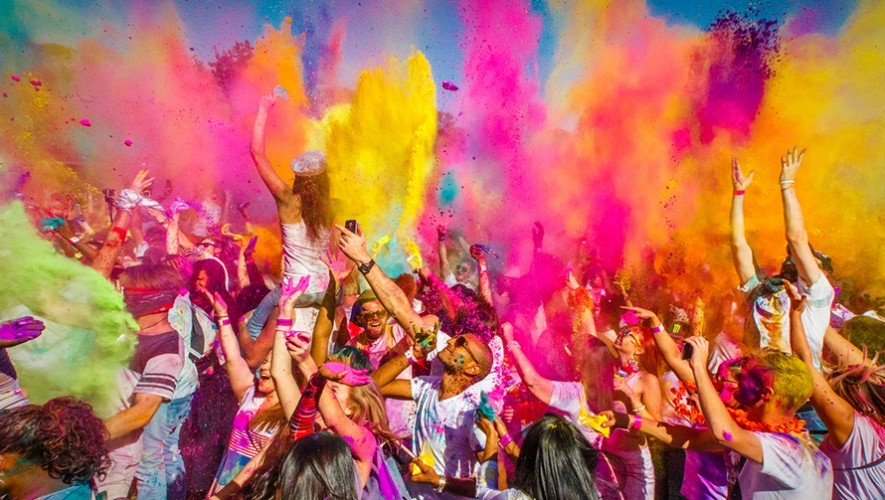Eid al-Fitr: The joyous celebration of the Muslim faith
Eid al-Fitr is the all-important festival for Muslims all over the world. It marks the end of Ramadan, Eid al-Fitr marks the start of the Islamic calendar, a month of fasting, prayer, and reflection. The festival celebrates the conclusion of the holy month and is a time for family, friends, and community to come together in joy and celebration. Celebrations usually involve feasting on special dishes and exchanging gifts. It is an occasion of great joy and happiness that lasts for several days.
What is Eid al-Fitr?
Eid al-Fitr is a religious holiday celebrated by Muslims worldwide that marks the end of the holy month of Ramadan. It is one of the two major festivals celebrated by Muslims, the other being Eid al-Adha. Eid al-Fitr is a time of joy, celebration, and community, and it's a great time for families to come together.
Eid al-Fitr is an Arabic term that means "the festival of breaking the fast." It begins with a special prayer and the traditional greeting is "Eid Mubarak!" ("Blessed Eid!"). Traditionally, the celebration lasts three days and includes giving gifts, feasting on special meals, wearing new clothes, decorating homes, exchanging sweets and cards, and participating in special activities such as festivals, carnivals, and performances.
During this period of celebration, Muslims also spend time reflecting on their faith and connecting with God. Special charity events are held to commemorate the event and support those who are less fortunate. Families gather to share stories, celebrate each other’s accomplishments, and be grateful for what they have.
When is Eid al-Fitr?
Eid al-Fitr is an Islamic festival that marks the end of Ramadan, the Islamic holy month of fasting. Eid al-Fitr is celebrated for three days and usually falls on the first day of Shawwal, the 10th month in the Islamic calendar. Since the Islamic calendar is lunar based on the phases of the moon, the date of Eid al-Fitr changes each year and can fall anywhere between late May and late June in the Gregorian calendar.
The date of Eid al-Fitr is determined by local sightings of the new crescent moon, so some countries may celebrate Eid al-Fitr one or two days later than others. To ensure that everyone is celebrating Eid al-Fitr on the same day, many Muslim countries use astronomical calculations to determine the start of Eid al-Fitr.
On the night before Eid al-Fitr begins, Muslims gather at mosques or outdoor locations to perform Taraweeh prayers, which are extra prayers performed during the Islamic holy month of Ramadan. This special prayer is considered optional but highly recommended, and it serves as a special way to mark the transition from Ramadan into Eid al-Fitr.
What do people do during Eid al-Fitr?
Eid al-Fitr is a time of celebration and joy for Muslims. People usually get together to share meals and exchange gifts with family, friends, and neighbors. Many also go to mosques to perform special prayers and give thanks for the blessings they have received throughout the year. Additionally, many Muslims spend the day wearing new clothes, decorating their homes, giving charity to those in need, and engaging in other acts of generosity.
In some Muslim communities, Eid al-Fitr is marked by large public celebrations with parades, fireworks, carnivals, and performances. Other traditions include special foods, gatherings, and activities such as henna painting. All these festivities are meant to reflect the joy and happiness of the occasion.
No matter how it is celebrated, Eid al-Fitr is a day for Muslims to express their love for one another and come together to celebrate the end of Ramadan. It's a time for reflection, gratitude, and hope for the future. People often use this holiday to look back on the previous year and make plans or resolutions for what lies ahead.
During this special time, families focus on spending quality time together; children may enjoy traditional games like hide-and-seek or hopscotch while adults take part in festive conversations or visit relatives.
Another essential part of the Eid al-Fitr festivities is the practice of gift-giving - exchanging presents with family members or offering donations to those in need. This highlights the value of being generous and sharing our blessings during this sacred holiday.
What food is traditionally eaten during Eid al-Fitr?
The traditional foods eaten during Eid al-Fitr are sweet and savory dishes from various parts of the world. Some of these dishes include biryani (a rice dish), samosas (pastries filled with potatoes, vegetables, or meat), and sweet desserts such as kheer (a sweet pudding made with rice, nuts, and spices).
Other dishes may include kababs (grilled skewers of meat, vegetables, and seafood), falafel (fried balls of ground chickpeas), and shawarma (a pita sandwich filled with meat, vegetables, and sauces).
Eid al-Fitr is a great time to try something new, so don’t be afraid to experiment with different dishes. If you don’t have time to make all the dishes from scratch, you can always buy ready-made dishes from specialty stores. Sweets such as gulab jamun (a sweet, syrupy treat) and Seviyan (vermicelli noodles in milk) are also popular for Eid al-Fitr celebrations.
Eid al-Fitr is a great time to try something new, so don’t be afraid to experiment with different dishes. If you don’t have time to make all the dishes from scratch, you can always buy ready-made dishes from specialty stores. Sweets such as gulab jamun (a sweet, syrupy treat) and Seviyan (vermicelli noodles in milk) are also popular for Eid al-Fitr celebrations.
How can you celebrate Eid al-Fitr if you’re not Muslim?
Eid al-Fitr is a time for people from all backgrounds and beliefs to come together and celebrate. It is not just a celebration for Muslims, but one that is meant to be shared with all members of the community. For those who are not Muslim but would like to join in on the festivities, there are many ways you can still participate.
First, you can reach out to your local mosques or Islamic organizations and find out what types of activities and events are being held in your area during the Eid al-Fitr season. Many mosques and organizations will hold interfaith dinners and open houses, and even provide information about Eid al-Fitr and its cultural significance.
You can also take part in some of the traditional activities associated with Eid al-Fitr, such as donating food to the needy, visiting family and friends, or wearing festive clothing. You can also make an effort to learn more about Eid al-Fitr and the Muslim culture by researching online, attending classes at a local mosque or library, or even taking a trip to a Muslim-majority country. By doing this, you’ll gain a greater understanding of what Eid al-Fitr means to Muslims and why it is such an all-important festival.
Finally, don’t be afraid to join in on the fun! Enjoy delicious traditional foods such as samosas, biryani, and barfi, listen to festive music, play games with your family and friends, and make Eid al-Fitr cards or decorations. Most of all, make sure to spread the joy and love that comes with the celebration of Eid al-Fitr and take part in building bridges between communities.




